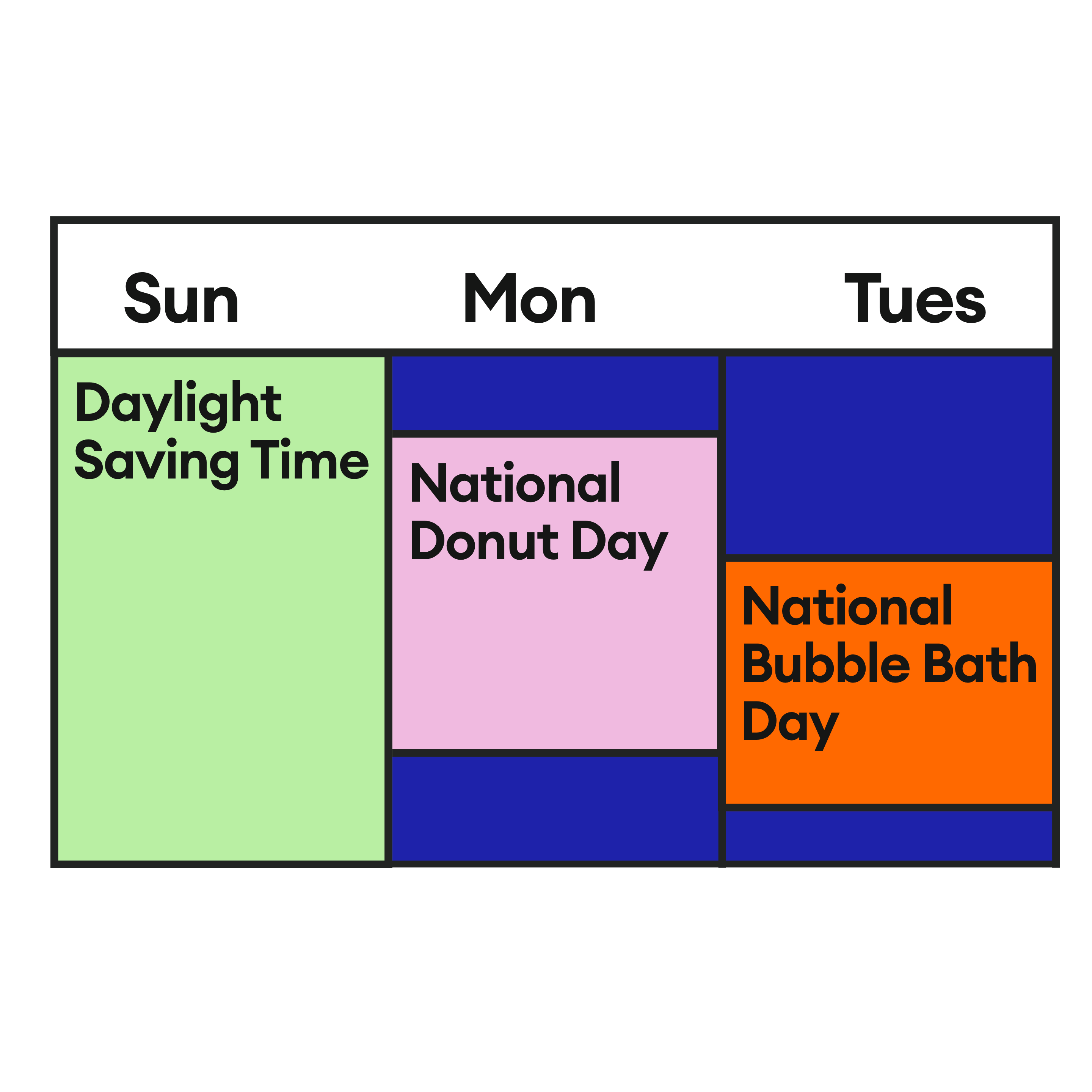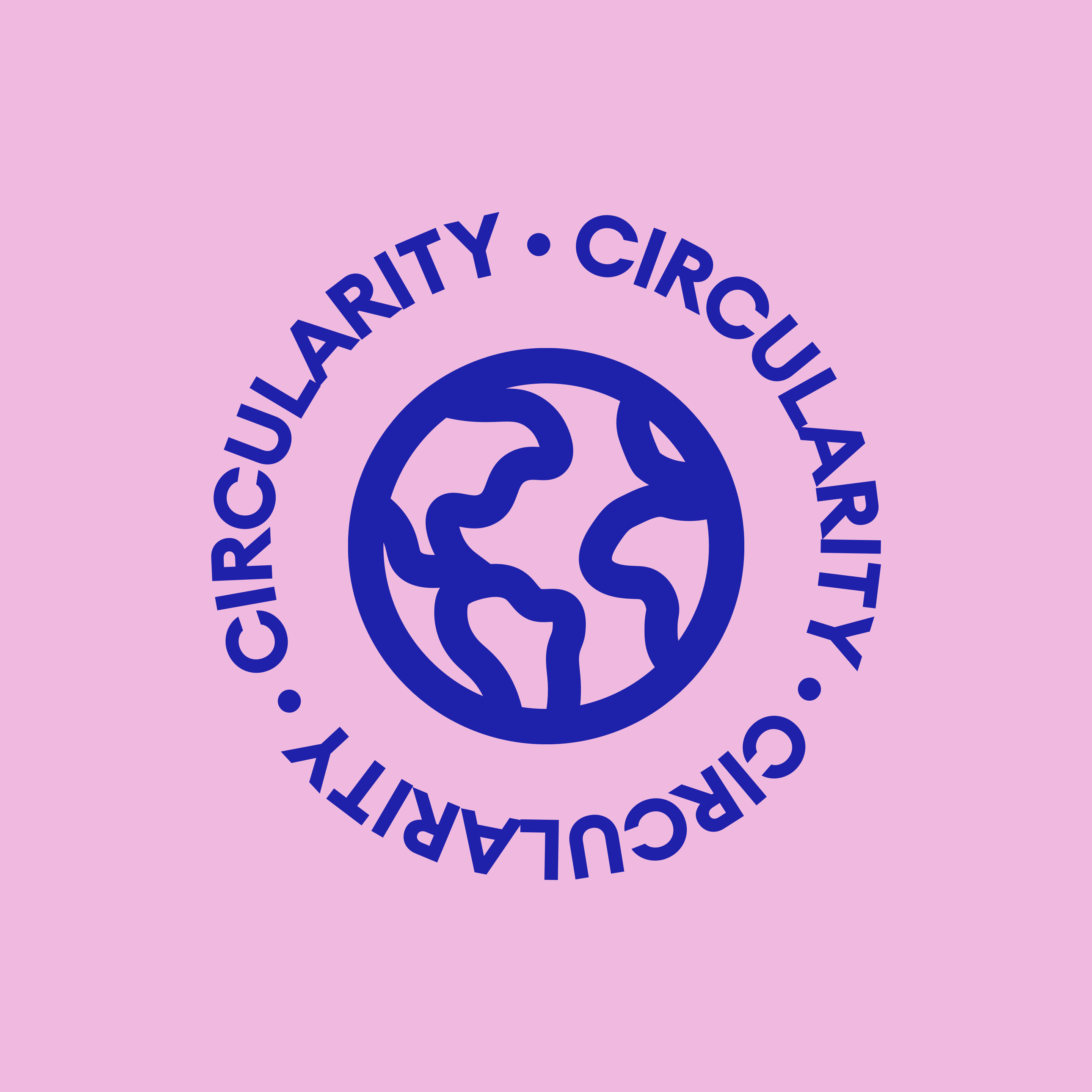In practically every industry, transparency is the way forward. It feels like everyone we’re talking to these days, from business owners to consumers, cares more about transparency than almost anything else—and brands that are embracing the open-book approach are seeing the impact firsthand. But what does being transparent actually mean? And how do you put it into practice in an authentic way?
It turns out that transparency isn’t one-size fits all—and we’re on a never-ending quest to define what it means for us, too. Through the process of working on our B Corp certification (a story for another day), we’ve taken a good hard look at how we can embrace transparency in a way that feels uniquely Monday. It’s a detailed process, and can feel overwhelming to start. But to help guide you on the journey, we’ve created a series of steps to assess your own approach, and define what transparency means for your brand in a way that feels anything but bandwagon-y.
1. Get clear on your values
It’s tempting to jump right onto the transparency train. But truly living transparency is more than crafting Earth Day campaigns and DEI statements. It requires a deep understanding of who your brand is and what you stand for—even when no one is watching. Investing in brand positioning can help you define the what behind your brand, but more importantly, guides you to articulate the why—the driving force that gets you out of bed every day. When your brand purpose and guiding principles are locked and loaded, you can start shaping what transparency means to you. And in a way that’s authentic—not just a carbon copy of what everyone else is doing.
Case in point: Cotopaxi entered the outdoor industry with more to offer than just colourful apparel. Since day one, they’ve grounded every piece of gear in a greater purpose: to fuel global change and improve the human condition. Though a lot has changed since they opened their (virtual) doors in 2014—their mission hasn’t faltered.
Cotopaxi is committed to giving at least 1% of annual revenue towards ending poverty—and their yearly Impact Report breaks down this impact by the dollar, showing their audience the ins and outs of how their hard-earned money is being put to good use. Their unwavering commitment to transparency has fostered trust with their audience, and has landed them a much-deserved spot as one of the most respected brands in the outdoor industry.
2. Gather input from your audience—and actually listen
When it comes to determining what matters the most to your community, go straight to the source. Lean on your audience to ask what’s most important to them—and take the time to really listen. Whether it’s being more intentional about diversity hiring, releasing annual transparency reports, or taking a stronger stance against excess plastic in packaging, actively inviting your audience to join the conversation to share what they care about most will foster a stronger sense of brand loyalty and deepen their investment in the work that you’re doing.
Now that you’ve got the inside scoop, keep the momentum going. As you turn ideas into initiatives, keep your audience engaged and in the loop on your progress—and be honest about where you’re at, even if making moves is a slower process than you’d anticipated.
For KOTN, community always comes first. Their secret to fostering a fiercely loyal, dedicated following? Opening the floor for feedback, and actually following through. By having their audience complete quick and easy annual surveys, they give their customers the mic to share what initiatives they’re loving, what they want to see more of, and where the brand can scale back. Results are then shared with respondents, along with a clear action plan that lays out how KOTN will be putting the survey insights in practice.
3. Put your plan into meaningful action
Talking the talk is one thing—but walking the walk is a whole different ball game. You’ve connected with your audience and gotten clear on your values, but how do you live them out in a meaningful way? Before you hit the ground running, create an action plan—and don’t be afraid to start small. Set realistic goals that make sense for the size and scale of your brand and that can grow over time.
At Monday, we’re dedicated to keeping the environment as our #1 client—and we’re always exploring how we can authentically put this into practice. Through working on our B Corp certification, we realized that we needed benchmarks to measure how effectively we’re incorporating this value into every touchpoint of our business. Throughout Q3, our team will be hustling hard behind the scenes to define clear goals that will hold us accountable to putting the environment first—even when it might not always be convenient.
4. Track your progress
As you start bringing your newly-defined transparency plans to life it’s important to take stock of where you’re starting from. Kicking off each initiative with a foundational report gives you a frame of reference for where you’ve been and helps you set goals for where you’re headed. And when it comes to reporting, consistency is key. Create an achievable reporting structure that you can commit to and that your audience can count on.
Opening the books for the world to see may be an intimidating (okay, terrifying) prospect—but honest reporting is essential in building trust and credibility with your audience. Even if you feel a little uncomfy about sharing the nitty gritty details, now is not the time to bulls!@t. Your audience will be able to sniff out a phony from a mile away.
When it comes to transparency, Everlane’s annual Impact Report is doing it right. The lengthy report is equally celebratory of their accomplishments as it is realistic about the long way they still have to go. Their commitment to Radical Transparency draws back the curtain for their audience (of over 3 million) to get an inside look into every part of the process—from the ethical factories their clothes are made in, to a true cost breakdown of every item on their shelves. While Everlane may have encountered a few snafus on their transparency journey—they’re putting their money where their mouth is by rolling out products that are decidedly better for the planet—like their new line of cactus leather bags.
Transparency is about more than good intentions. It takes hard work, vulnerability and, above all, an unwavering commitment to working towards the greater good. And at Monday, working with brands that are dedicated to enhancing human potential is kind of what we’re all about.







